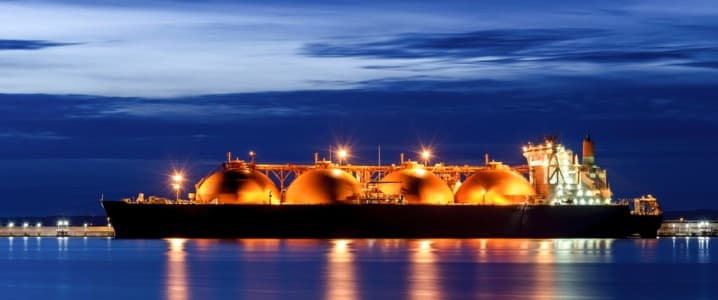
Efforts by the Australian government to make sure there is sufficient supply of natural gas for the domestic market have failed to accomplish that goal and may have even aggravated the supply situation, the Australian Competition and Consumer Commission has warned.
“There are limits to what the gas policy measures can achieve on their own if the underlying causes of inadequate supply and ineffective competition are not addressed,” ACCC Commissioner Anna Brakey said.
The policy measures tried so far have included mandating gas producers to set aside a certain amount of uncontracted gas for the domestic market and forcing LNG producers to deliver less gas to their clients and divert more of the commodity to the domestic market under a controversial tool called the Australian Domestic Gas Security Mechanism.
According to the competition authority, these measures had improved the availability of natural gas for the domestic market, but “overall, they have not materially improved outcomes for gas users.”
Even so, the danger of a gas shortage has been averted, at least for the first quarter of 2026. Per the ACCC’s latest report, gas supply for the eastern coast will swing into a surplus in that quarter, with the size of the surplus estimated at between 2 and 24 petajoules.
However, “Despite the improvement, the supply-demand outlook remains tight in the southern states,” Commissioner Brakey said.
Southern Australian states are heavily reliant on the gas produced in Queensland. Earlier this year, they prompted the government to try and force producers to set aside a certain amount of the energy commodity for the domestic market. Big Oil immediately responded with warnings that this could discourage further investment in the country’s gas industry, which is necessary to boost supply for the future.
The latest ACCC report suggests that the energy industry is indeed getting cautious with investments in more local production. Said Brakey, “For the first time, southern gas producers are not expecting to produce surplus gas in the first quarter of the year, when demand is usually at its lowest. This may create challenges for fully replenishing southern gas storage facilities ahead of winter 2026.”
Source: By Irina Slav from Oilprice.com
